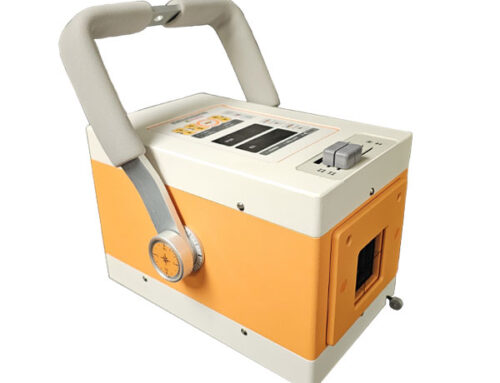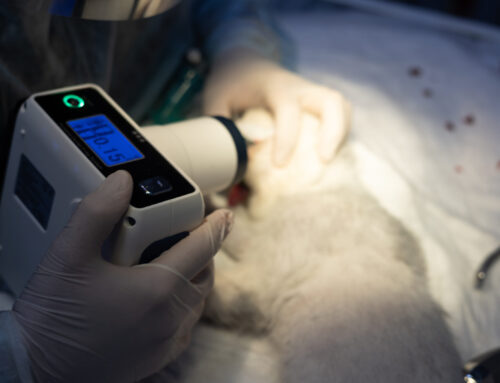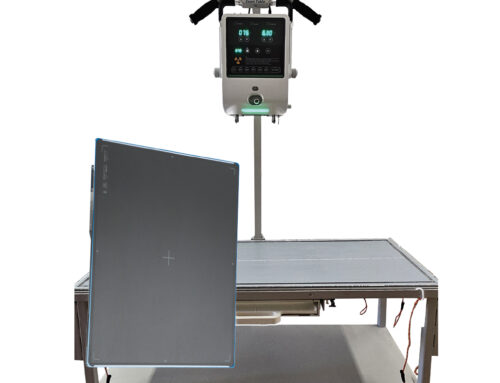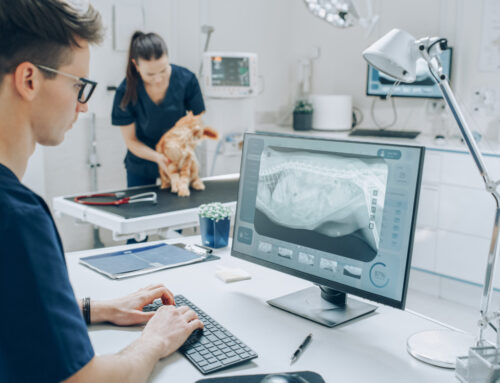As a rule, you don’t have to be a rocket scientist to figure out your dog’s emotions. From the “I didn’t mean to do it” look that suggests trouble to the “dance of delight” when you come home from work; your dog lets you know how it’s feeling. But can you read the signs of your dog’s anxiety?
Just like humans, different breeds exhibit in different ways. A more aggressive breed may take out their troubles on you or your home. Shy breeds may turn their stress inward, and make themselves sick. We did some research and came up with a few ways your pooch pal might demonstrate their stress–and how you can help.
Accidents
These are one of the most easy-to-recognize signs of a problem. Dogs who experience separation anxiety, but have otherwise been house-trained, may backslide in their training. A safe and secure area: crate, small room, etc., may help your dog feel more secure.
Pinned-back ears
Different dogs, different types of ears. Whether they stand up, drop down or combine the two, dogs will pull their ears back and low when stressed. Pinned-back ears–something’s not right.
Panting
With no way to sweat, dogs generally pant to cool themselves down. If your dog is panting for no apparent reason, possibly with pinned-back ears, she may be stressing. Be careful if the dog suddenly stops panting and closes his mouth; she may be so anxious she’s read to bite.
Shedding
Almost every dog sheds a bit. But if you notice hair everywhere or bald spots appearing on your pet, it may be a sign of stress. FYI–vets report a high level of shedding in their exam rooms. Just like humans, dogs can find a visit to the doctor a daunting experience.
Yawning
Again, just like we yawn when nervous, so does your dog. Generally, it’s a way to take in additional oxygen that the body craves during anxious situations. The stress yawn is usually in conjunction with other behaviors such as avoidance or pinned ears.
Avoidance
New surroundings, strangers, an additional animal in the home–there are a host of reasons for your dog to demonstrate avoidance. A tucked tail, turning away, heading out of the room are all signs of discomfort. Respect the fact that he’d rather leave the room than escalate to aggression, but try to determine the cause of his concern.
Destructive behaviors
Dogs may try to ease tension by chewing or biting furniture, you or themselves! This commonly occurs when your pal is left alone or when threatened in the presence of other dogs.
Illness
Is your dog’s illness actually a result of stress? Loss of appetite, vomiting, diarrhea, skin problems or allergies can all be signs of stress. If you and your vet can find no obvious cause, anxiety may be the problem.
Barking
All that noise driving you nuts? Inside or out, excessive barking can be a sign of tension. Is it separation anxiety? A stranger at the door?
How to help your dog
Just like our children, our dogs appreciate routine. Regular feeding times, walking the same route, and a safe corner to call their own will provide a less stressful environment.
Develop rules: Dogs experience less stress when they know what you want. Set your house rules and be firm, yet gentle about them. Be consistent–your dog wants to please you, but cannot possibly succeed if the rules keep changing.
Avoid stressful situations: If you know, for example, that your dog doesn’t like mail delivery, place him in a different part of the house when the postman comes by. If your dog doesn’t like to be left on his own, crate confinement may provide some comfort.
Exercise frequently: It’s a great tension-reliever for your dog. Keep it fun and mix it up–repetitive games such as fetch can actually cause stress in some dogs.
Togetherness: Folding laundry? Washing the car? Bring your furry friend with you. She wants your company.
Set clear boundaries. Recognize the signs of your furry friend’s stress. You and your dog will enjoy the benefits of a less tense life.
***
This blog is brought to you by Diagnostic Imaging Systems. Diagnostic Imaging Systems, Inc. (DIS) has been providing Quality Imaging products since 1983. The company combines industry knowledge with an understanding of the veterinary practice. For more information, go to Diagnostic Imaging Systems, Inc. website at: www.vetxray.com
All content provided on this blog is for informational purposes only. The owner of this blog makes no representations as to the accuracy or completeness of any information on this site or found by following any link on this site. The owner will not be liable for any errors or omissions in this information nor for the availability of this information. The owner will not be liable for any losses, injuries, or damages from the display or use of this information. These terms and conditions of use are subject to change at any time and without notice.






